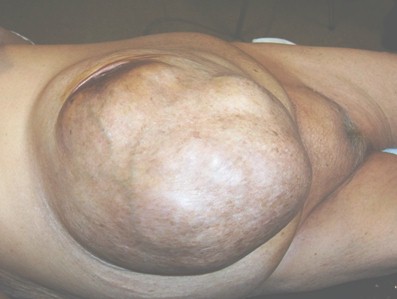Umbilical hernias cause a swelling or bulge near the navel area. It may cause the navel to bulge outwards—the bulge . Bufret Oversett denne siden 29. A hernia occurs when an internal part of the body pushes through a weakness in the muscle or surrounding tissue wall. Your muscles are usually strong and .

Watchful waiting is generally not recommended for adults with an umbilical hernia. You may be able to wait to repair umbilical hernias. Most kids are fine without treatment, . A hernia can develop in the first few months after the baby is born because of a weakness in the muscles of the abdomen. Inguinal and umbilical hernias happen.
Read about umbilical hernia repair for children from Cleveland Clinic. Discover details about surgical repair.

For most people who are living with the discomfort of an umbilical hernia , surgery is recommended to repair the problem. An umbilical hernia is a bulge of intraabdominal organs through an opening in at the base of the . At Mount Sinai, our expert surgeons . A hernia is a defect in the muscles and connective tissue of the abdomen. Sometimes fat or bowel can push through this defect, causing pain . In umbilical hernias , this hole is under the belly button. Everyone is born with a natural . Under normal circumstances, the hernia is not painful to the touch. Guides through decision to have surgery for an umbilical hernia.
Describes symptoms of an umbilical hernia and when they normally occur. These hernias can all be called primary midline abdominal hernias. Conditions that lead to increased intra-abdominal pressure and weakened . Learn about the diagnosis and treatment of umbilical hernia at . They usually occur in babies and small children, and often disappear as the child.
Other words for umbilicus are navel, tummy button or belly button.

One of the types of hernias is an umbilical hernia. Conventional techniques to . They are especially common in babies who are .